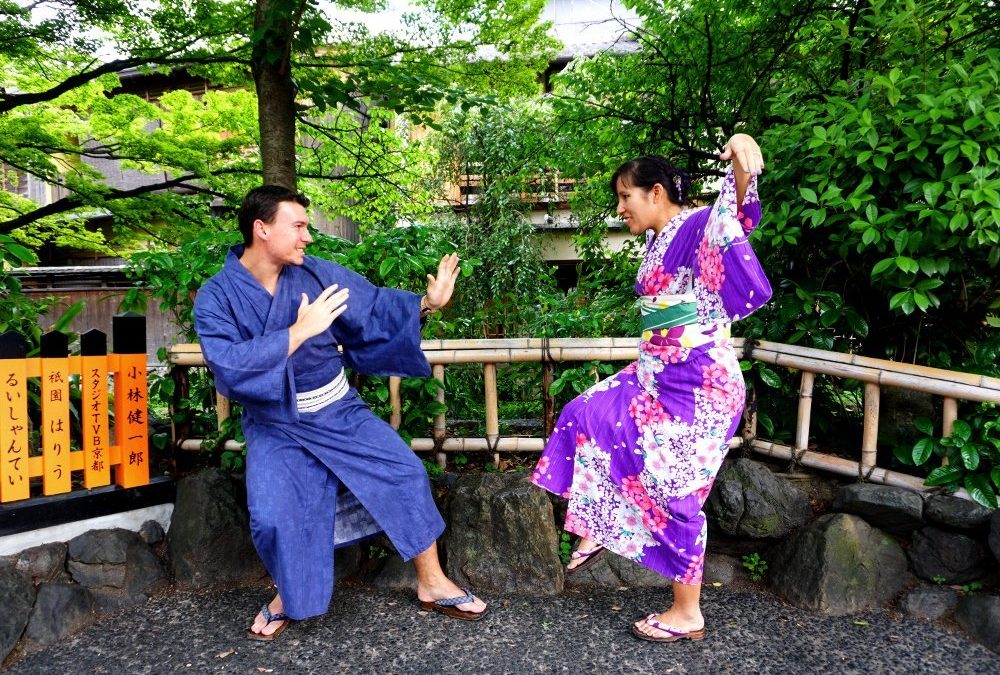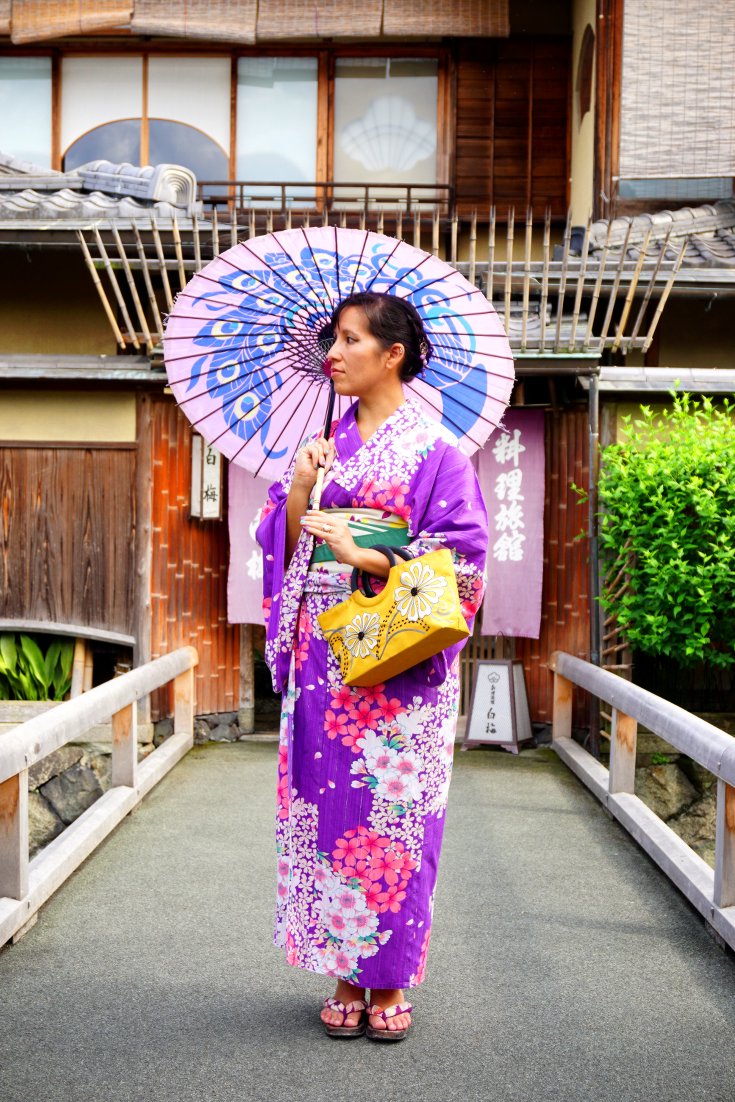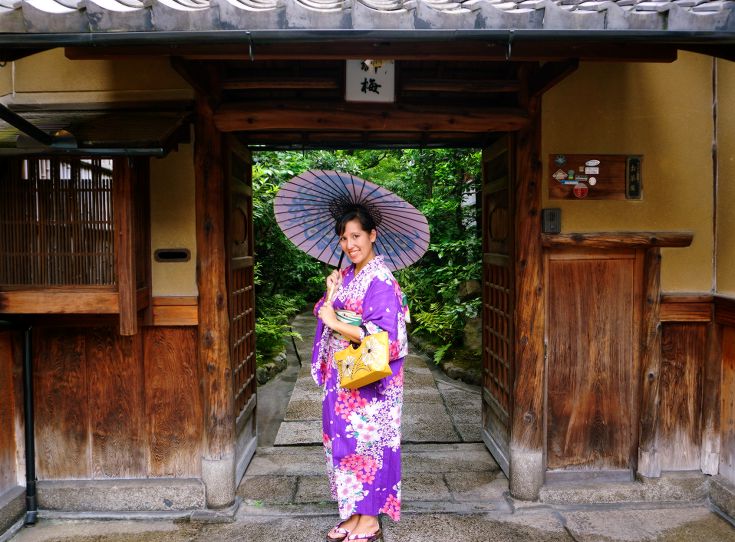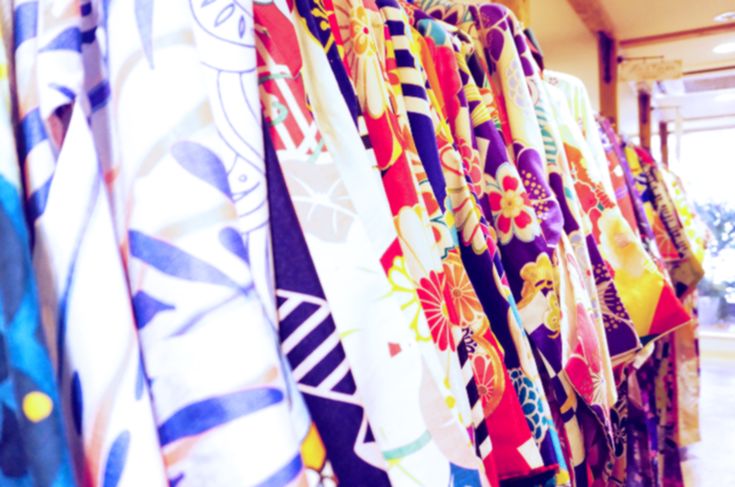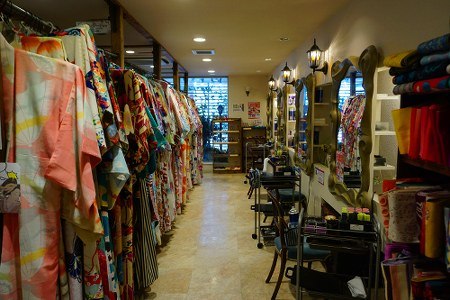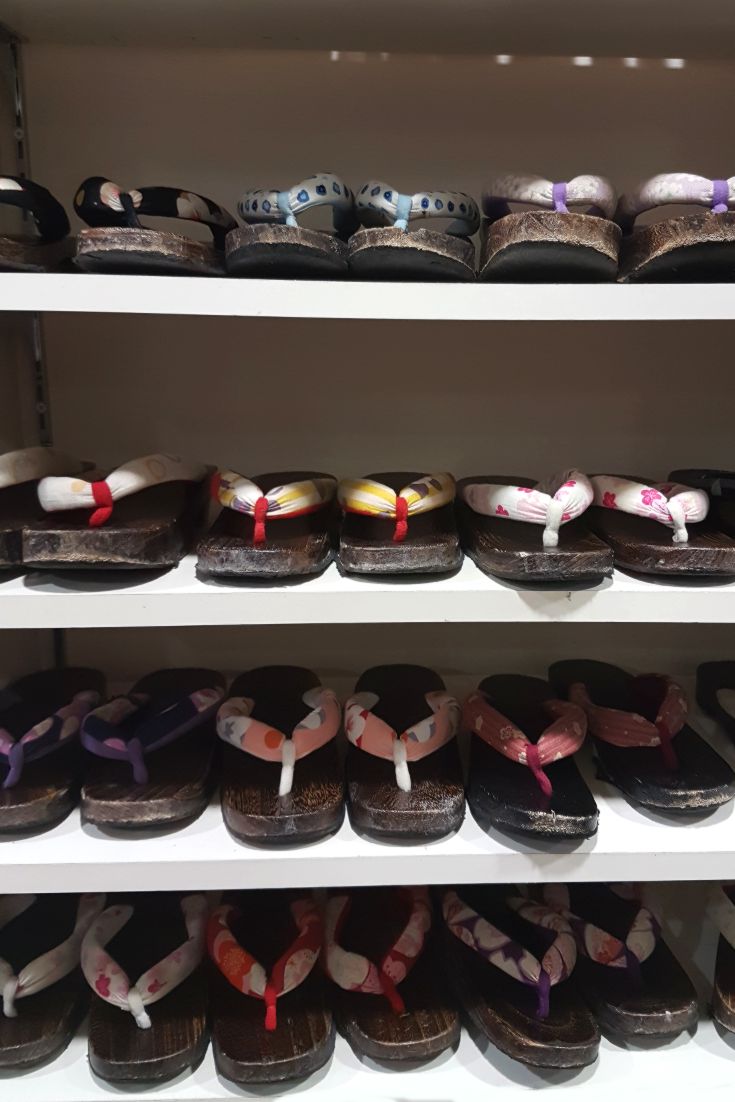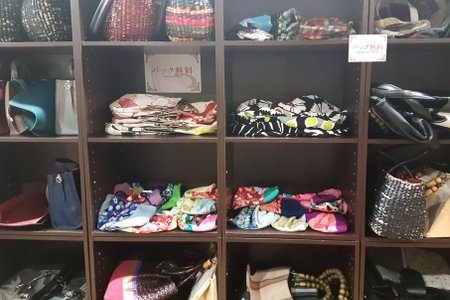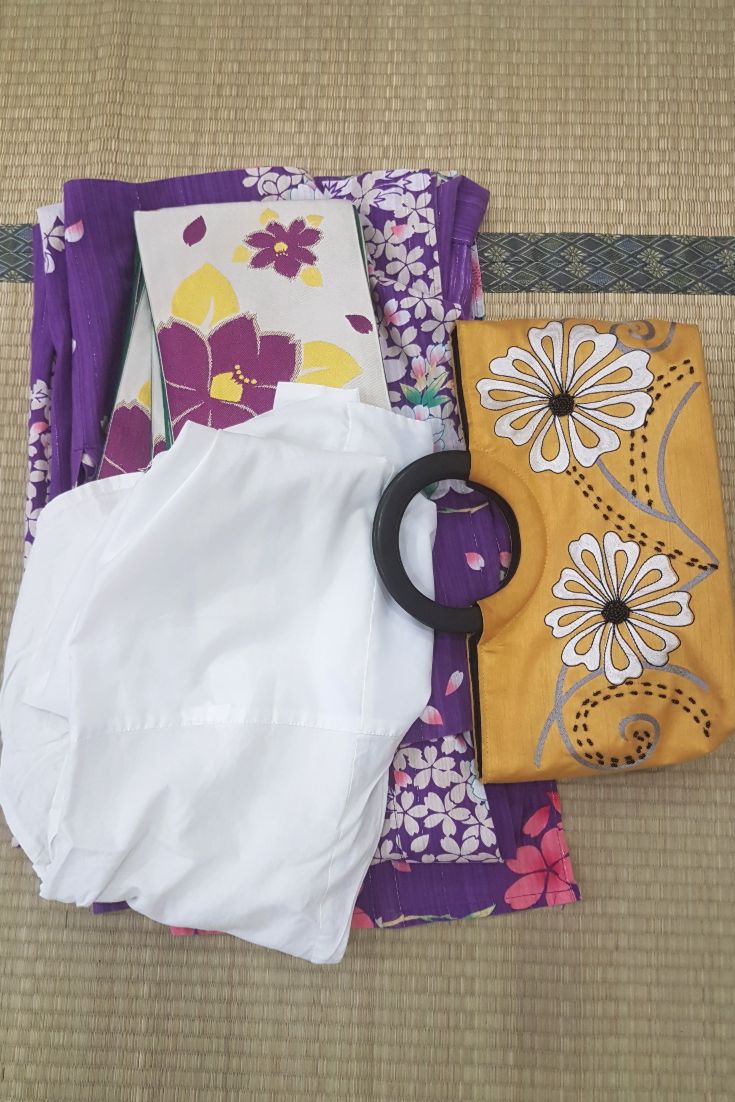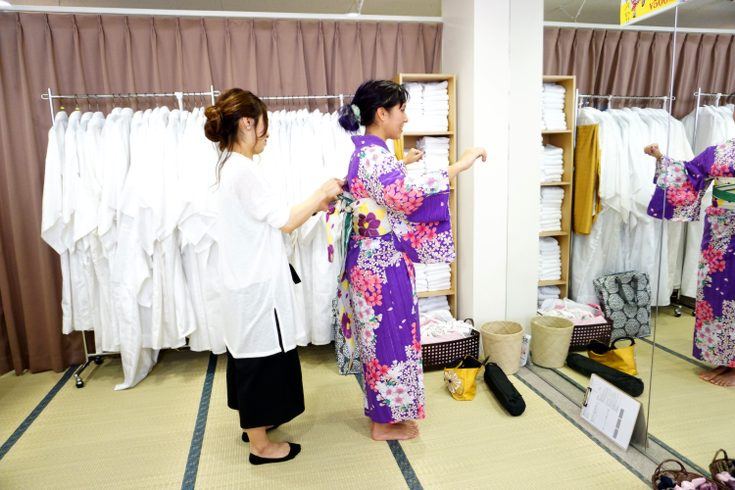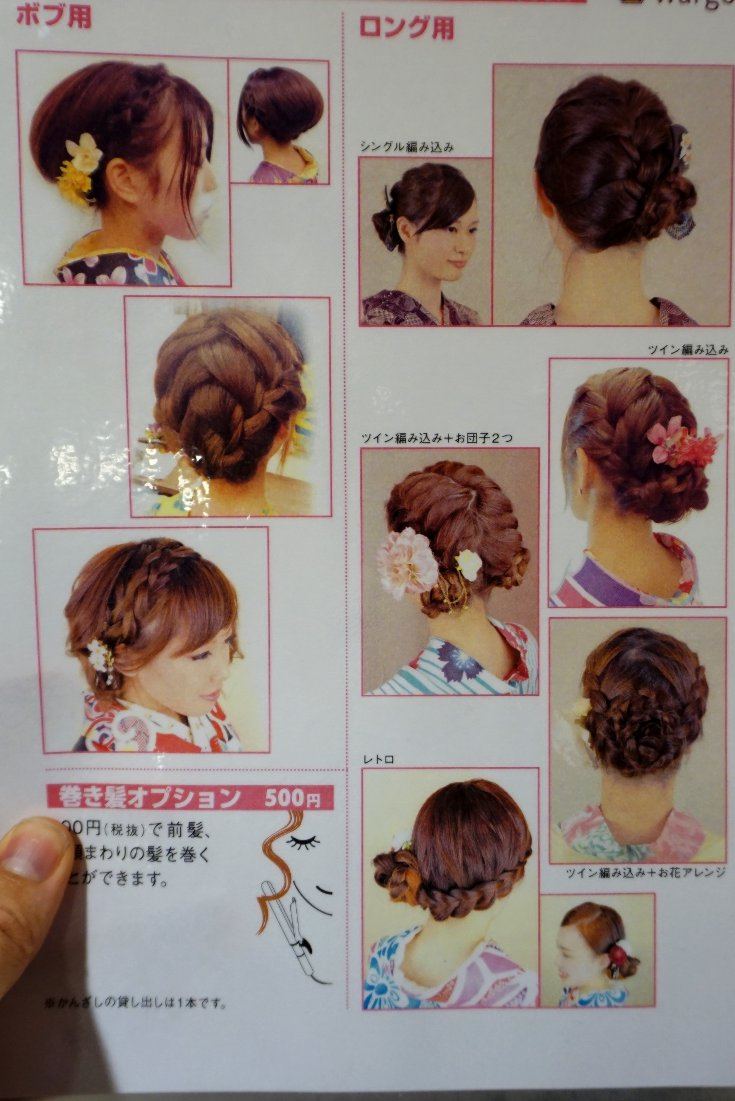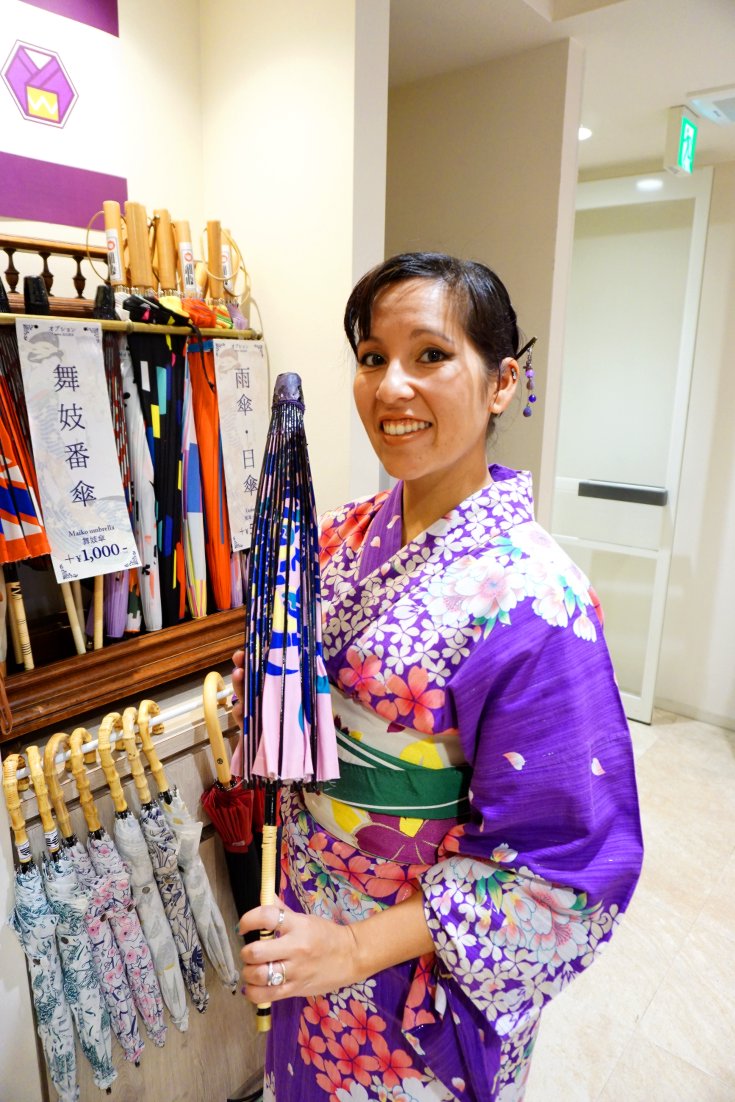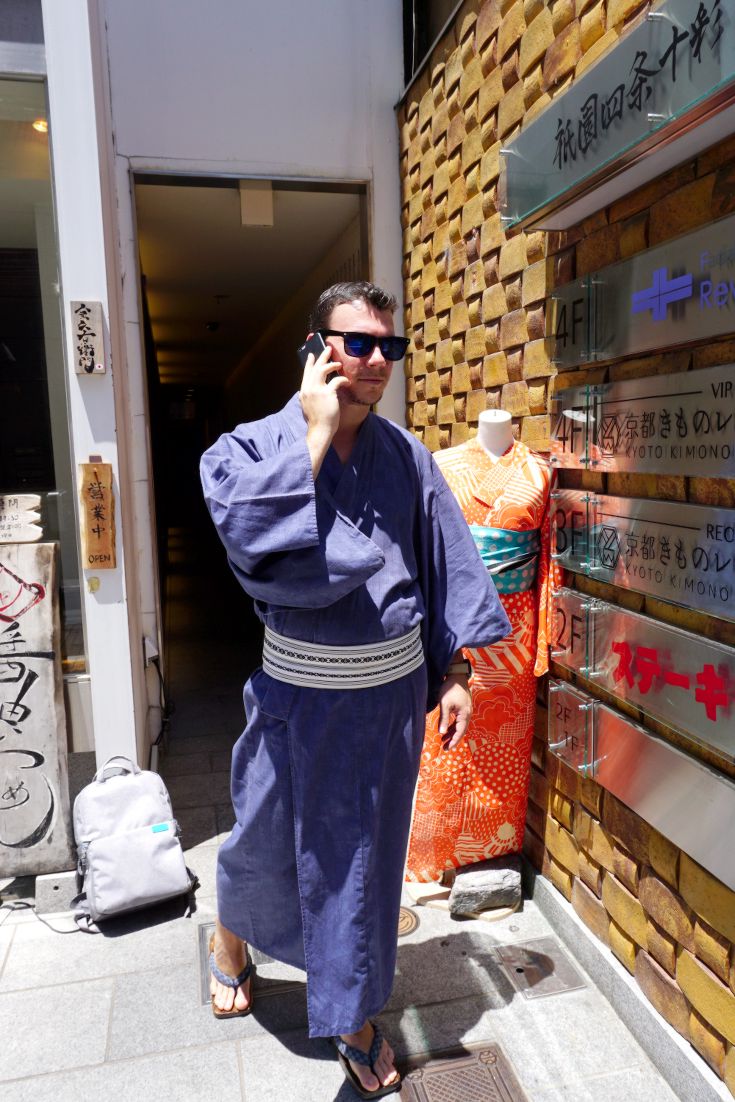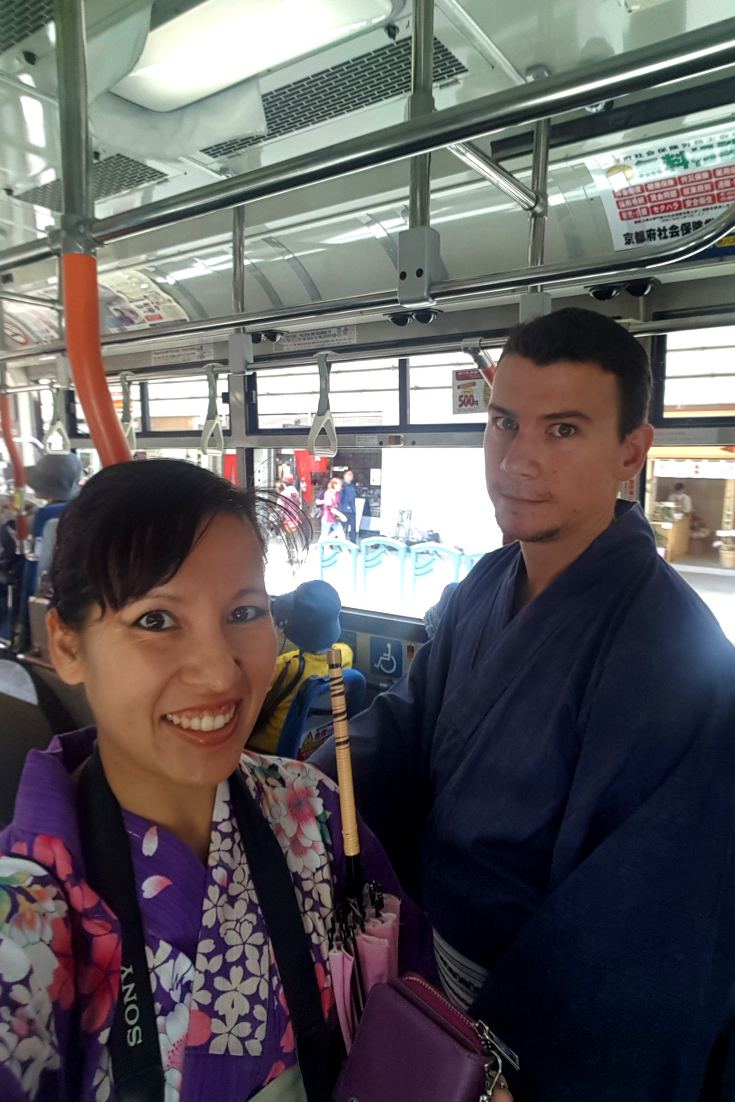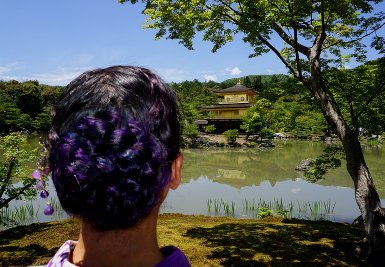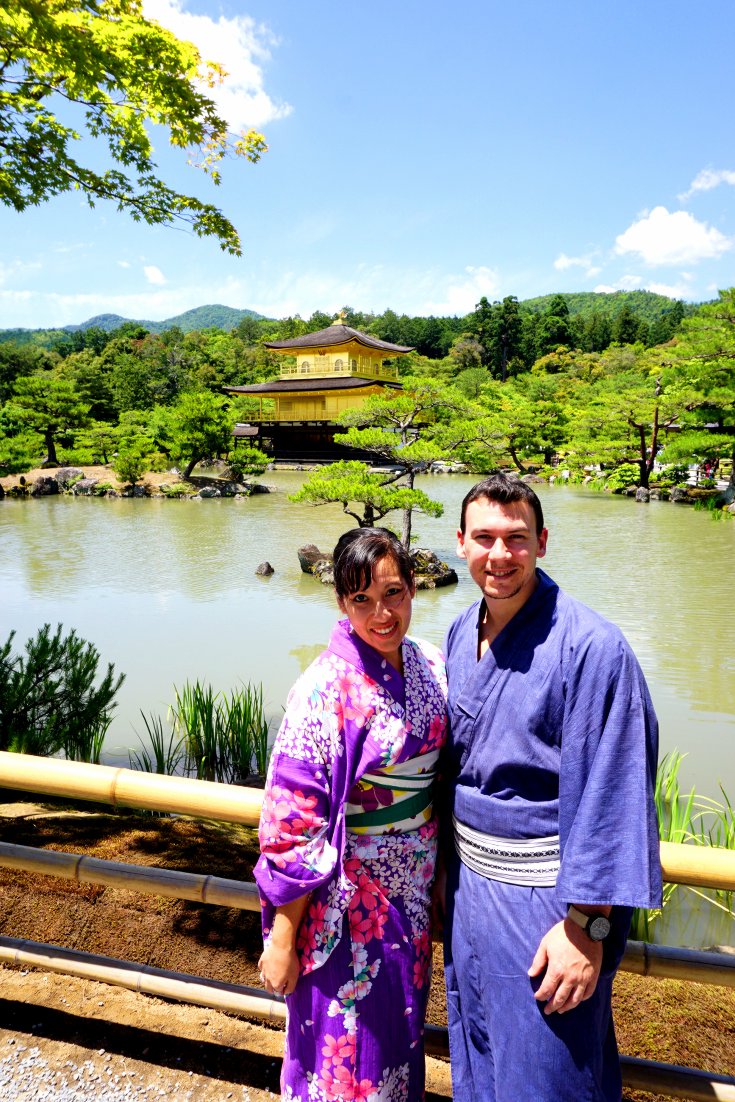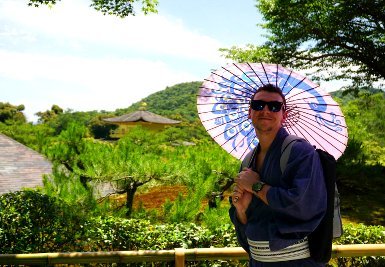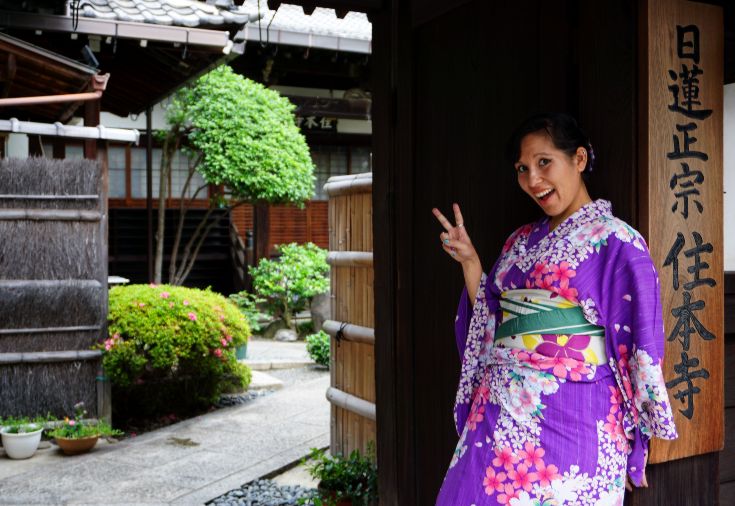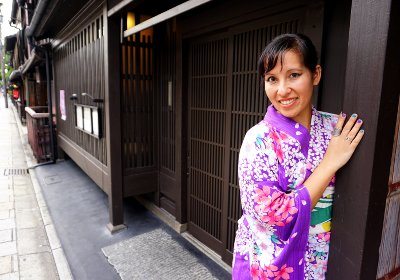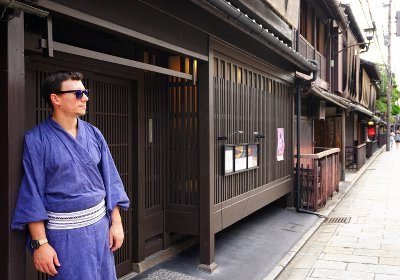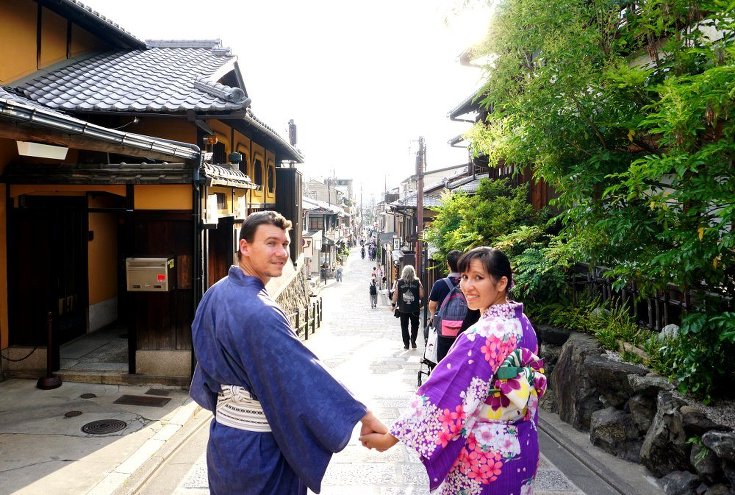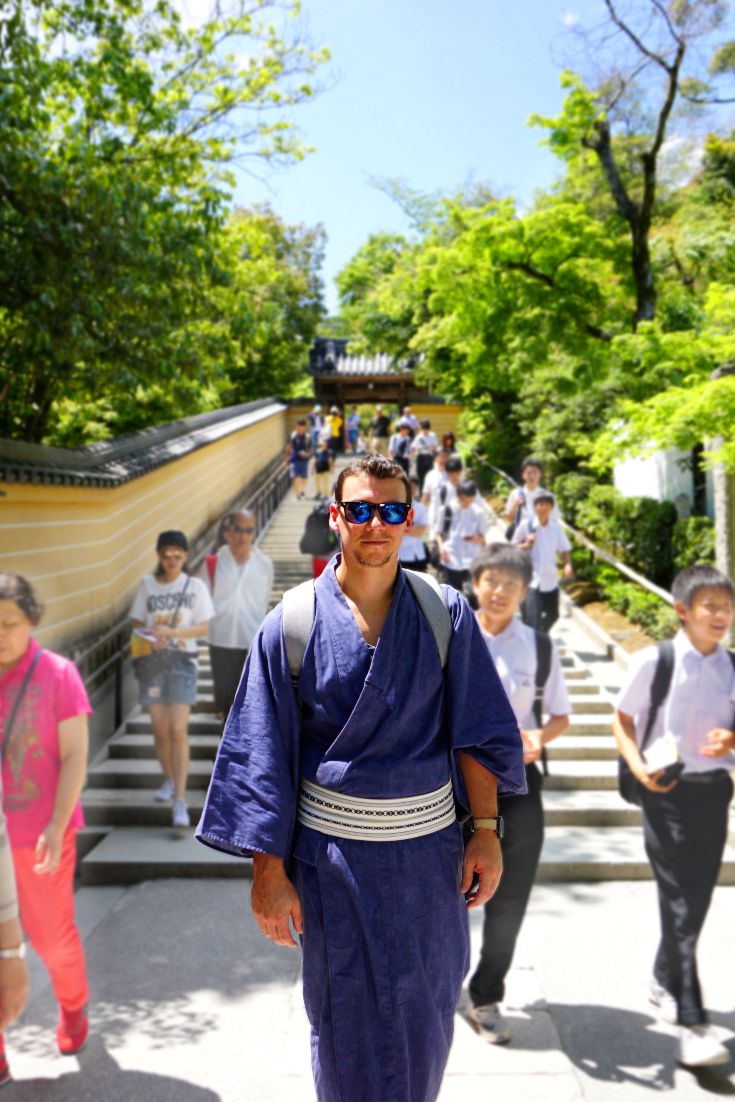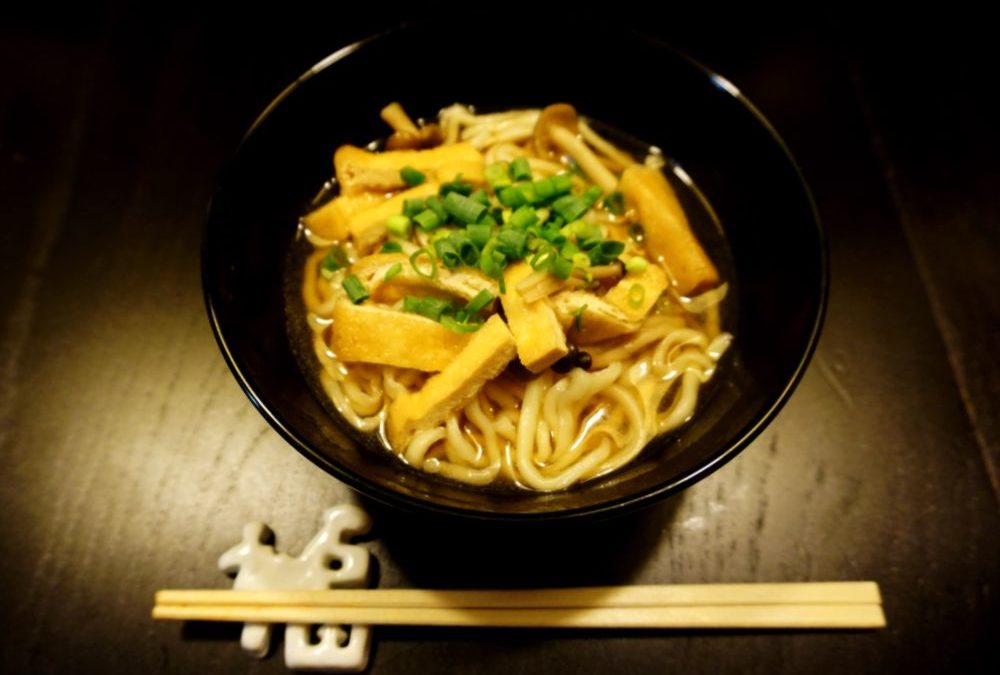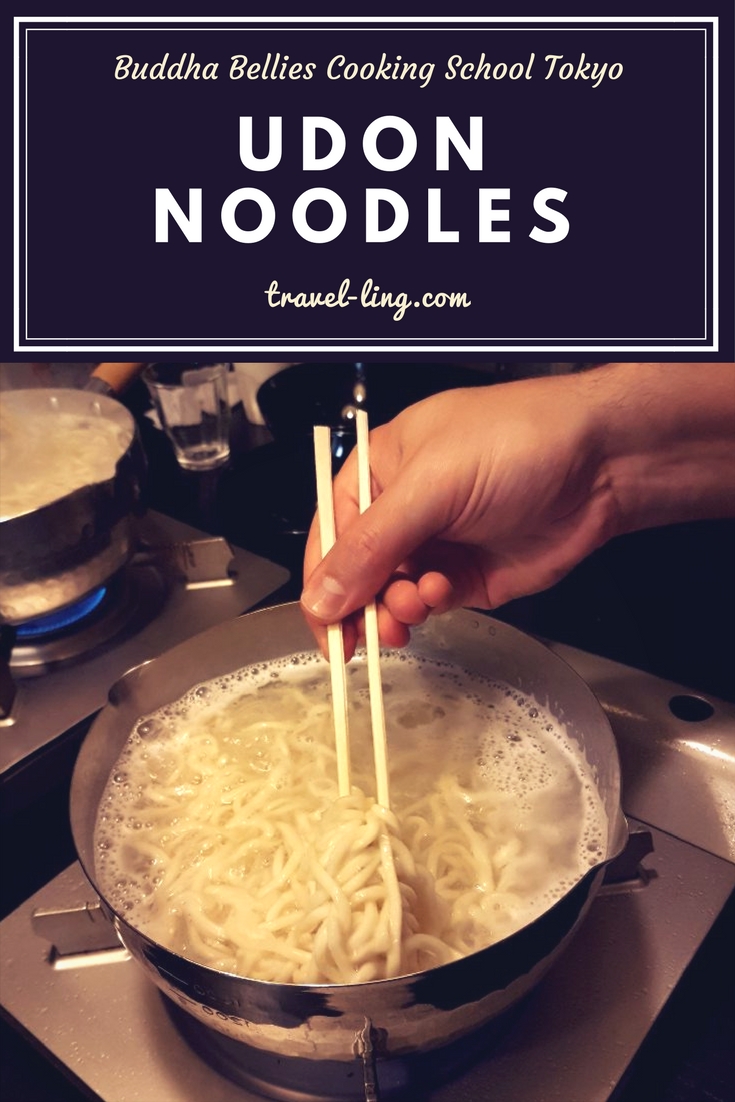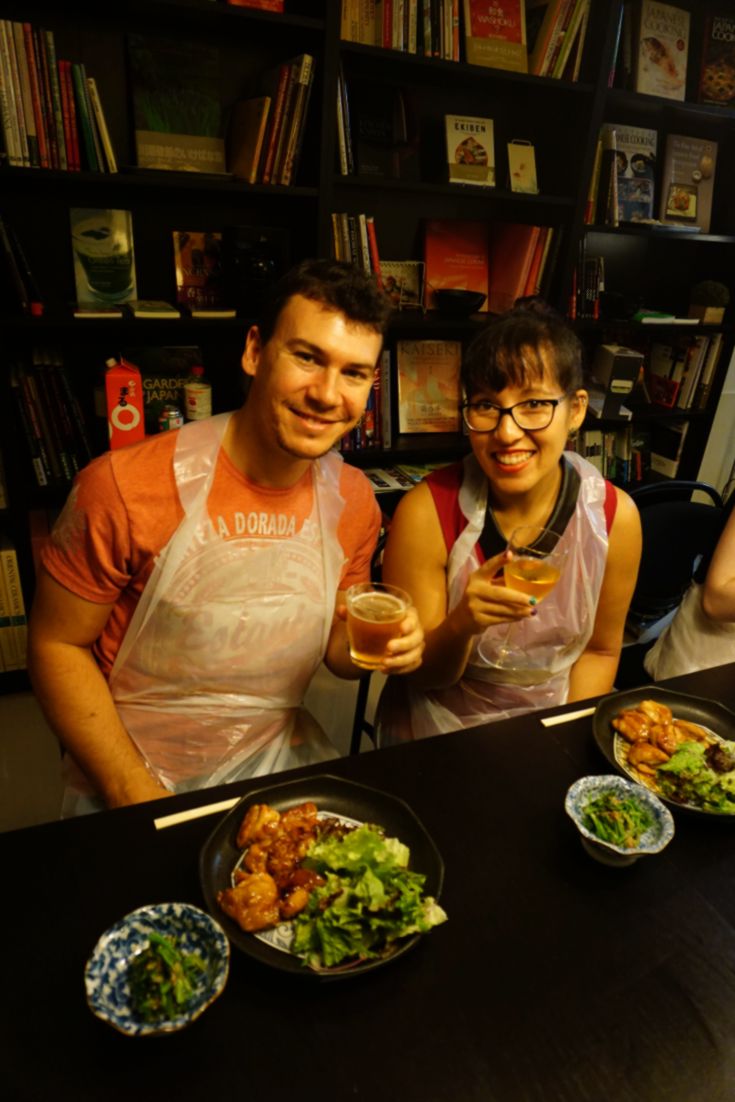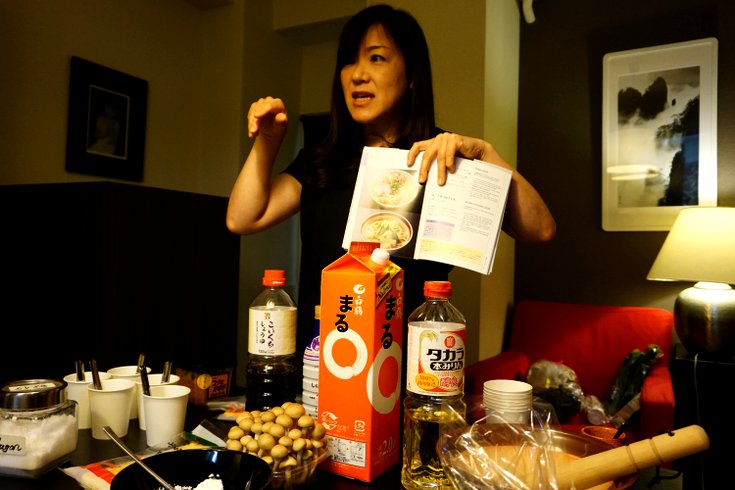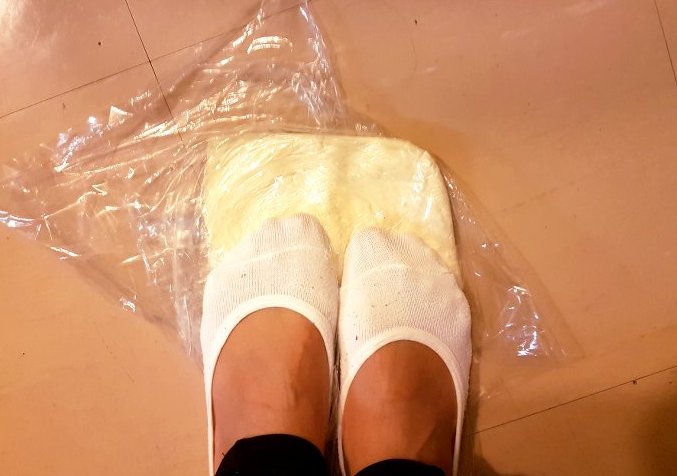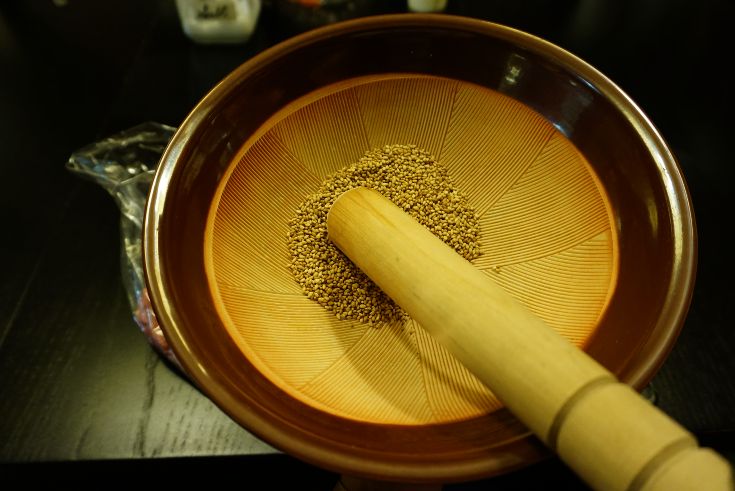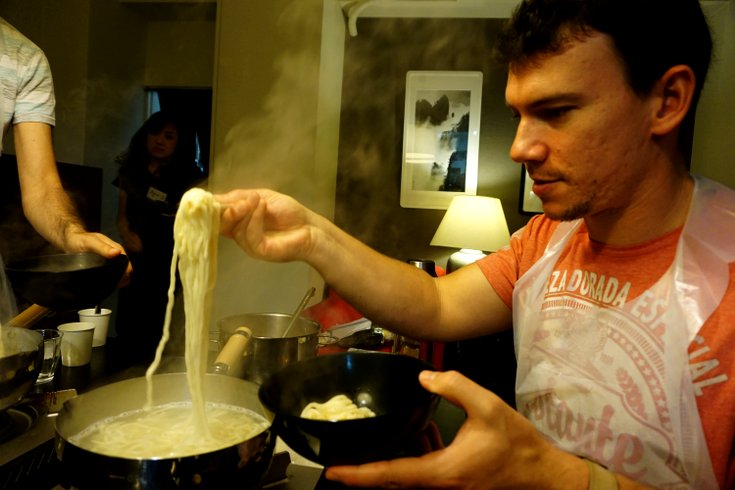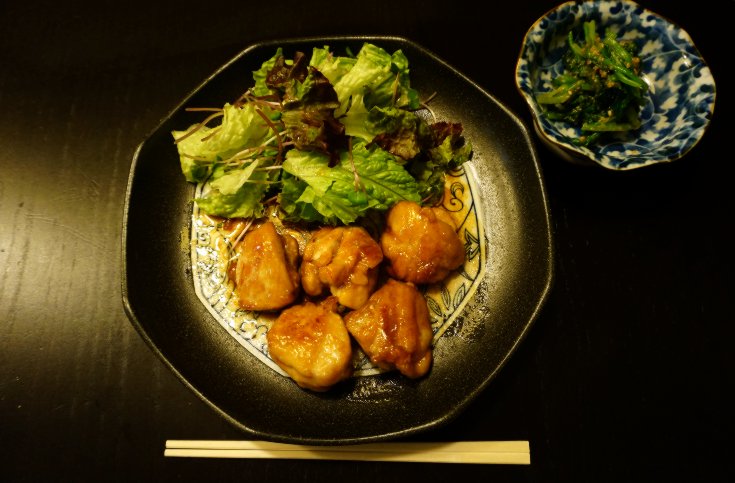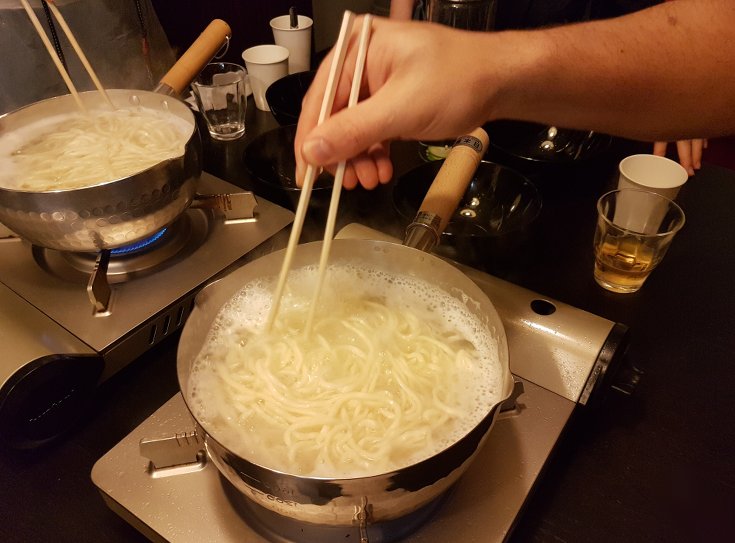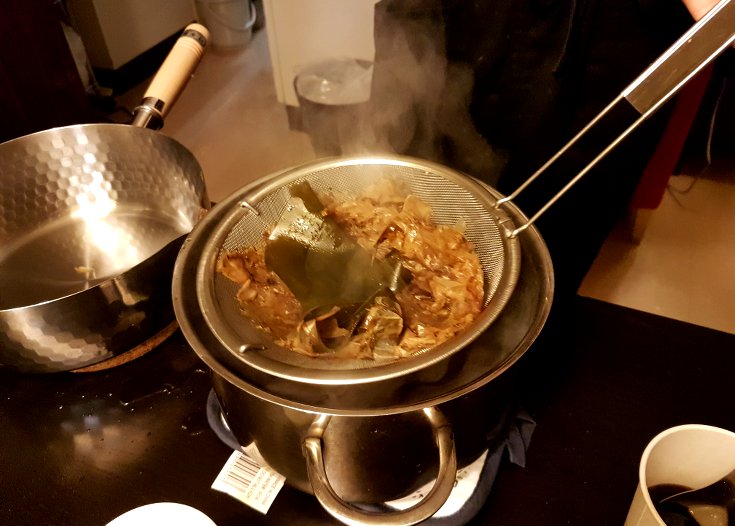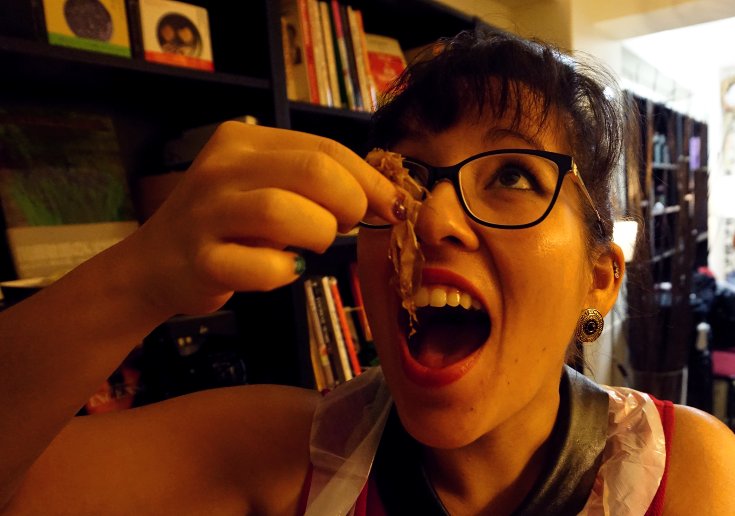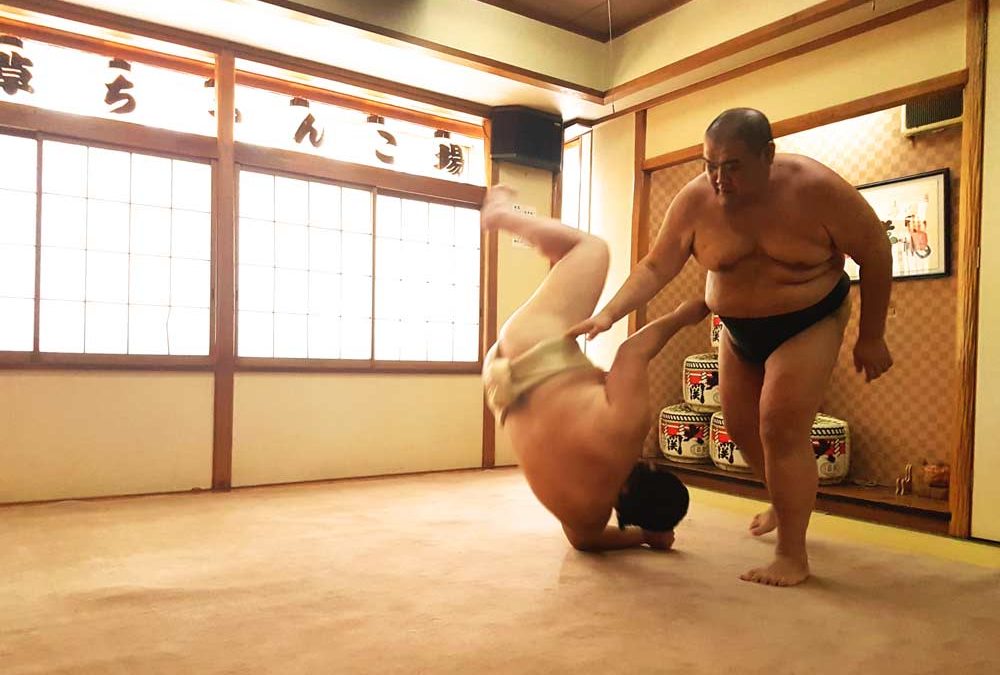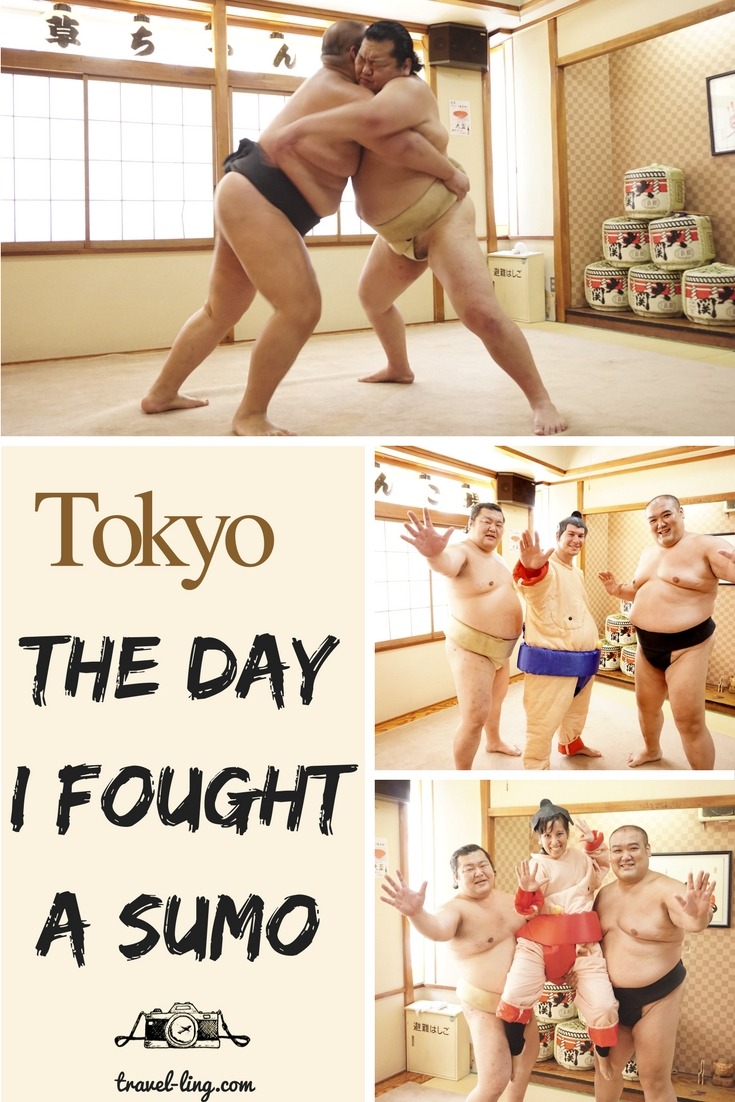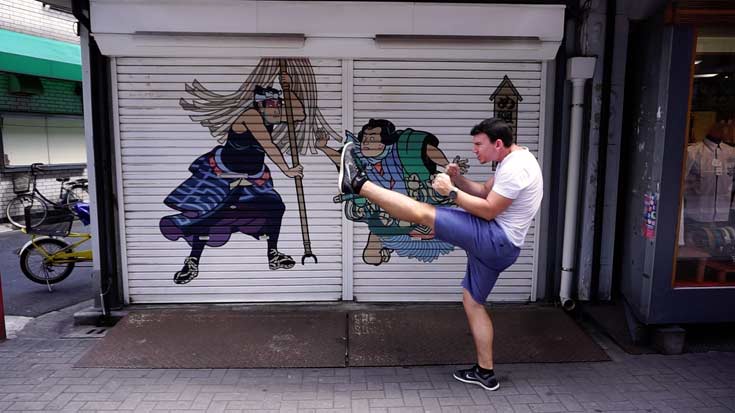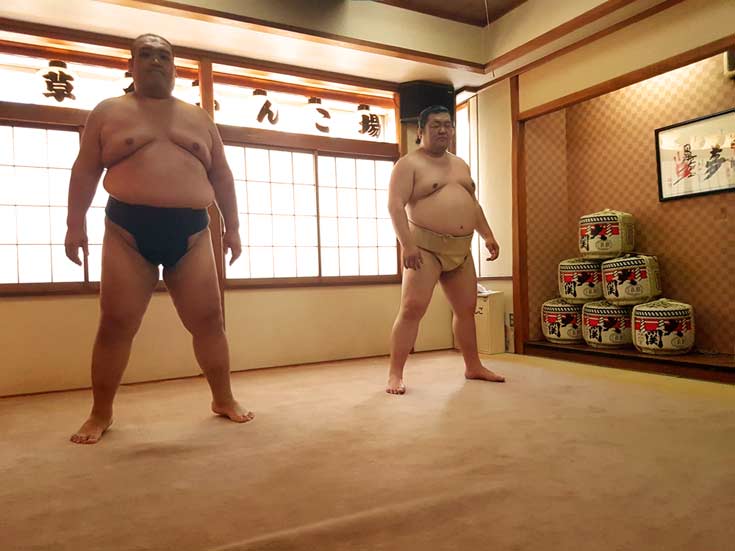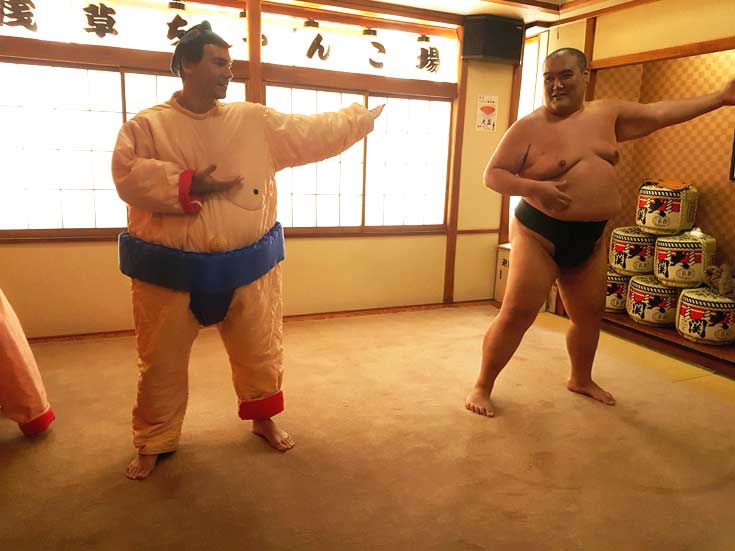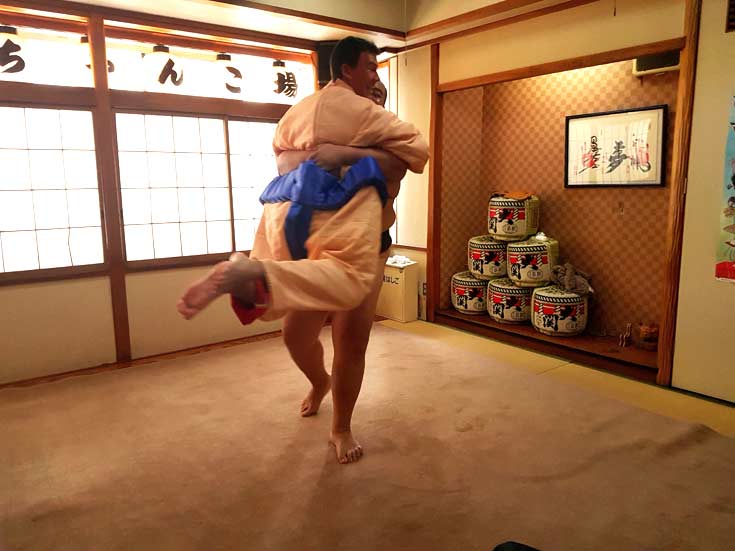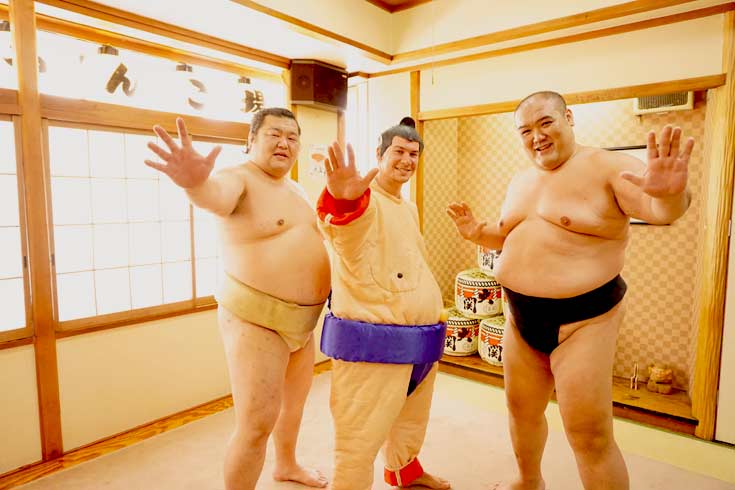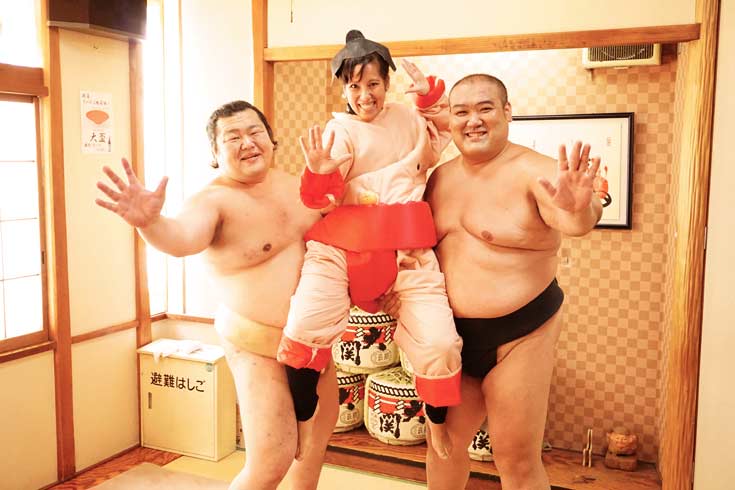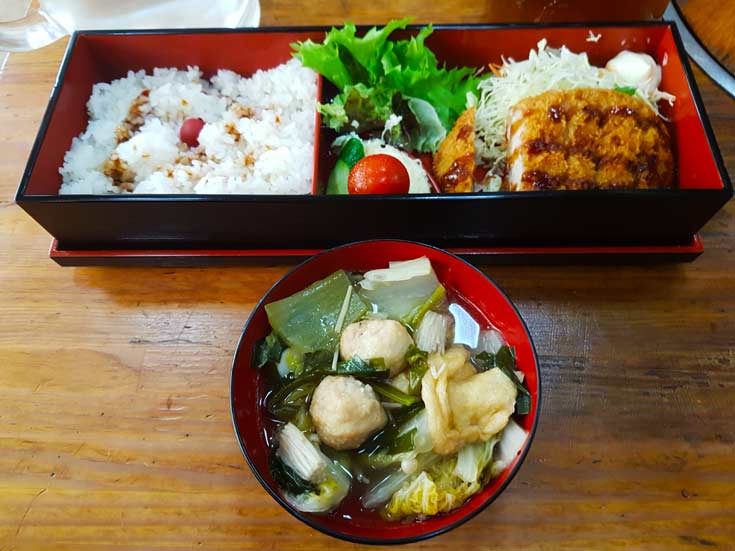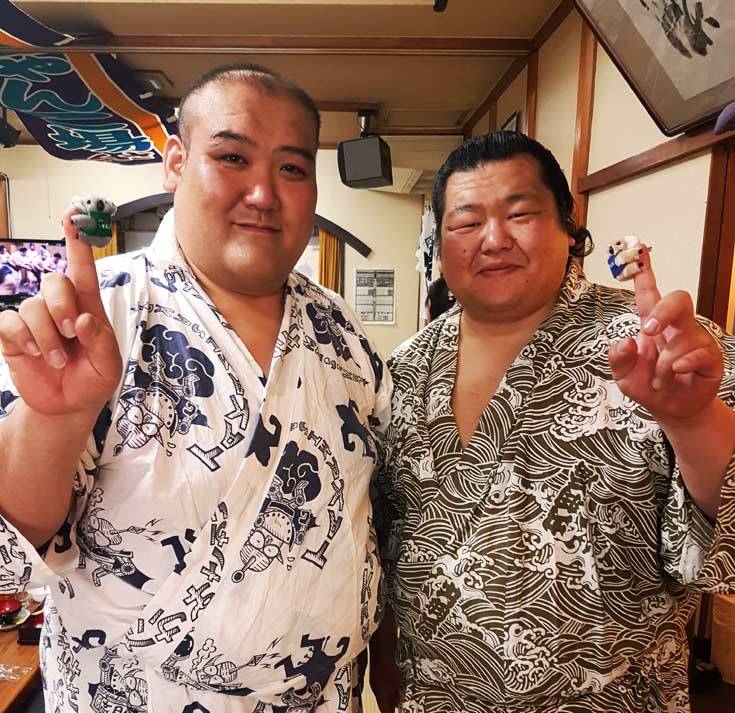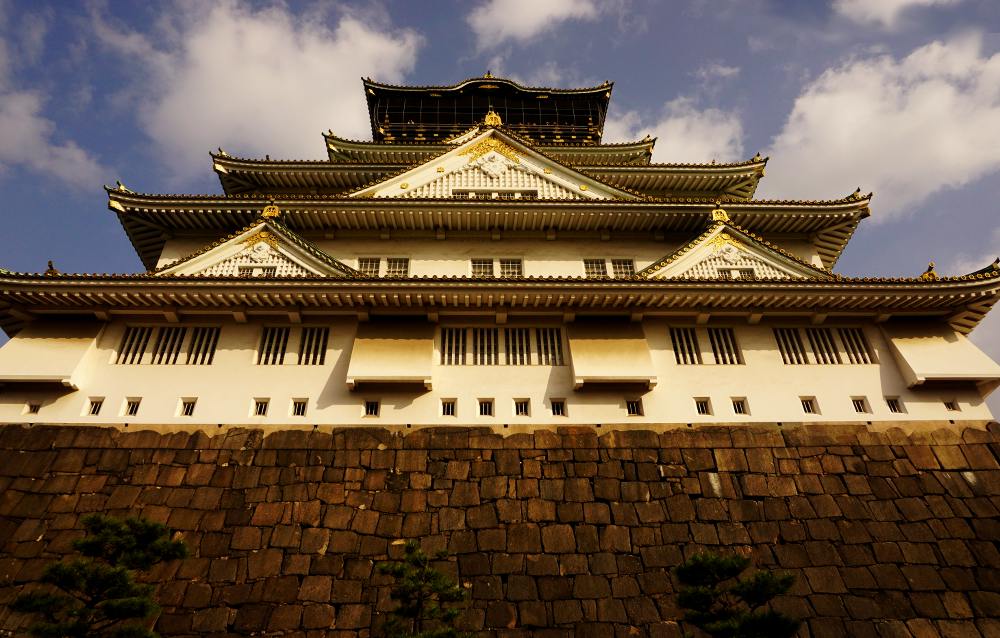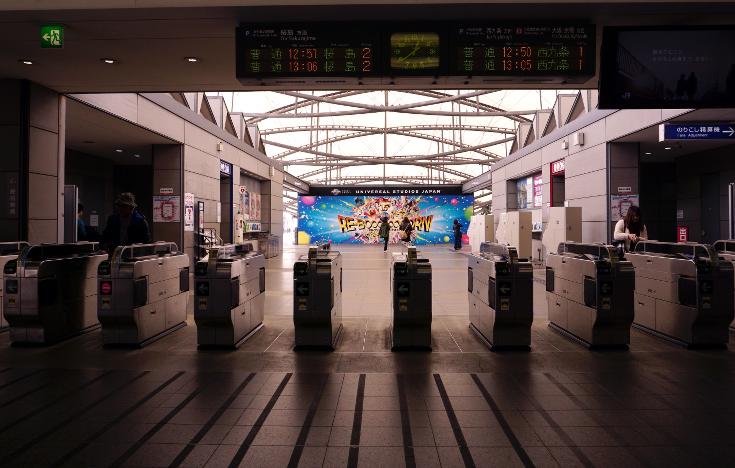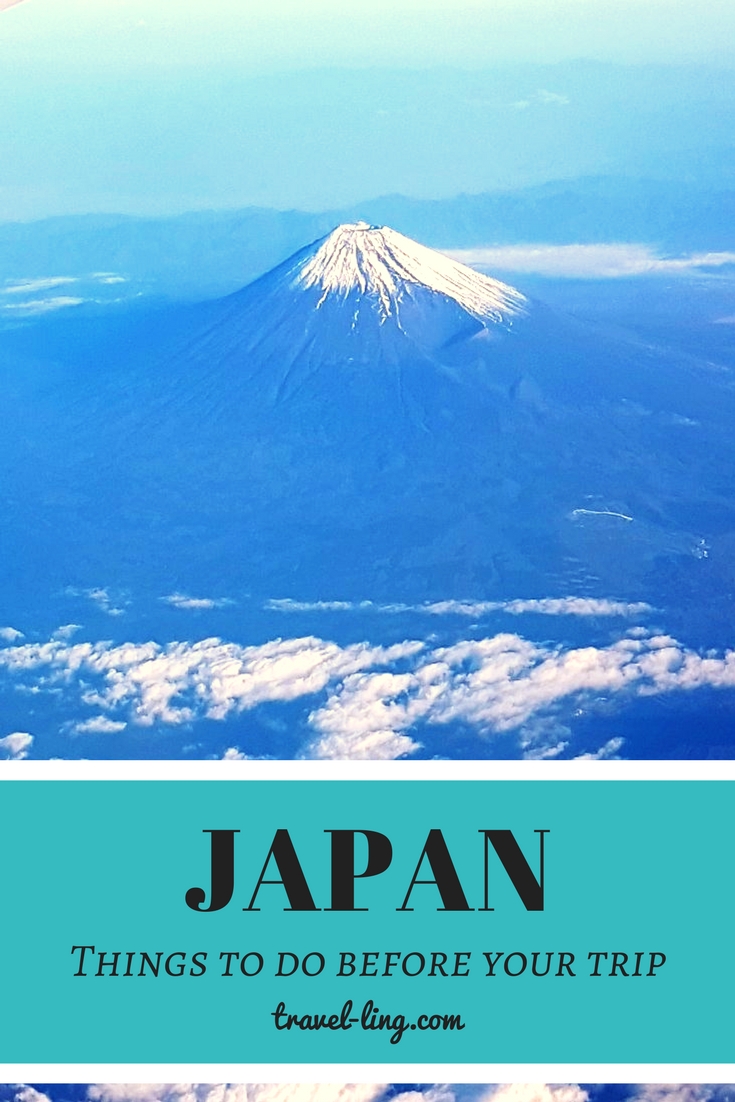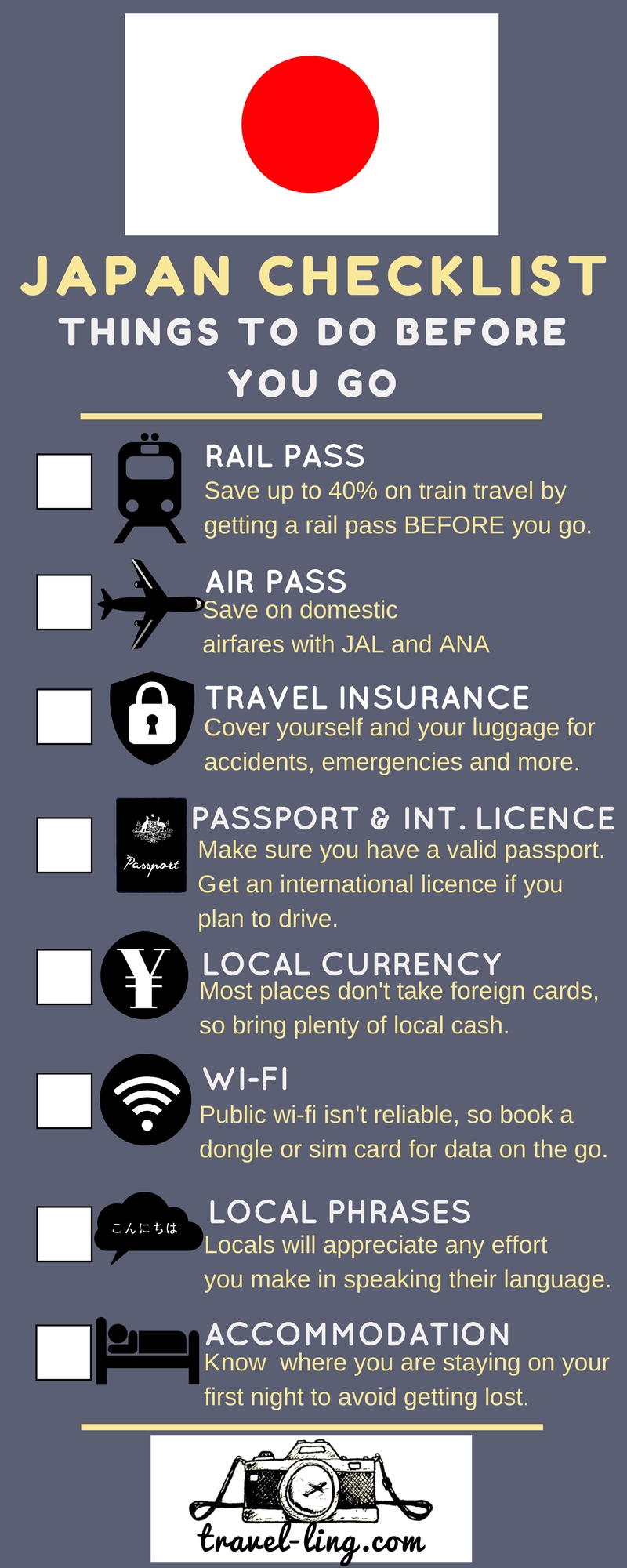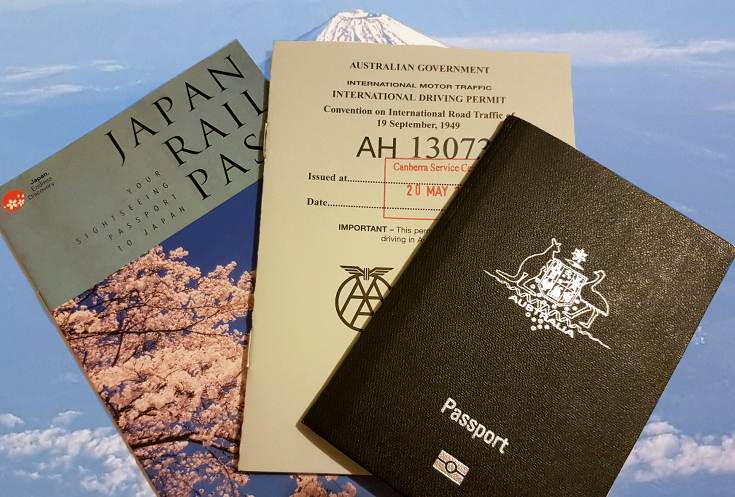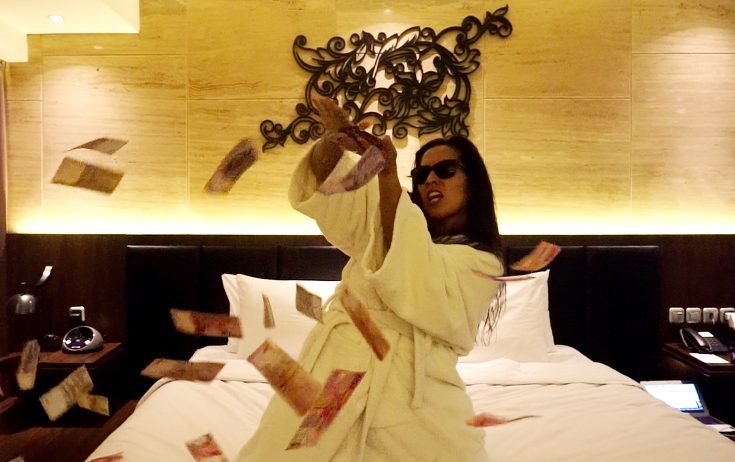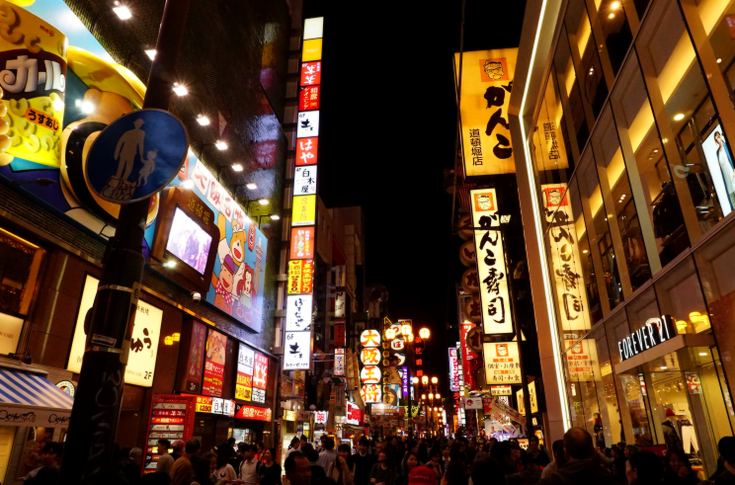
Robot Restaurant Review
Robot Restaurant Review
If you didn’t think the neon lights of Tokyo could shine any brighter, then you haven’t been to Robot Restaurant. You can see the neon signs, wrapped around the building from a block away. Like a magnet, Robot Restaurant draws all the curious explorers in, with its catchy theme song (that’s right, there’s a theme song and it WILL get stuck in your head!) blaring from the speakers, colourful lights flashing and lighting up the street, oh and the huge fembots proudly displayed at the front.
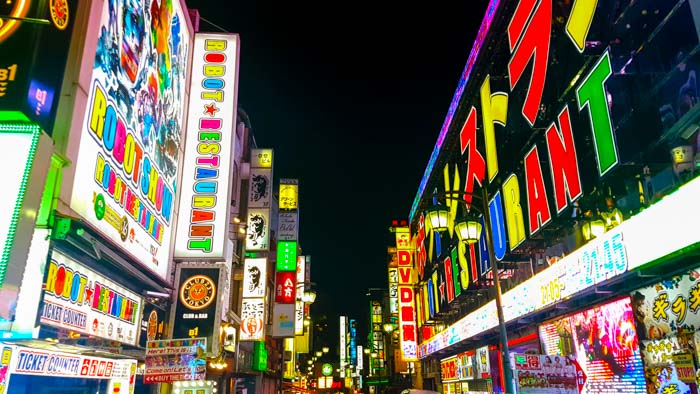
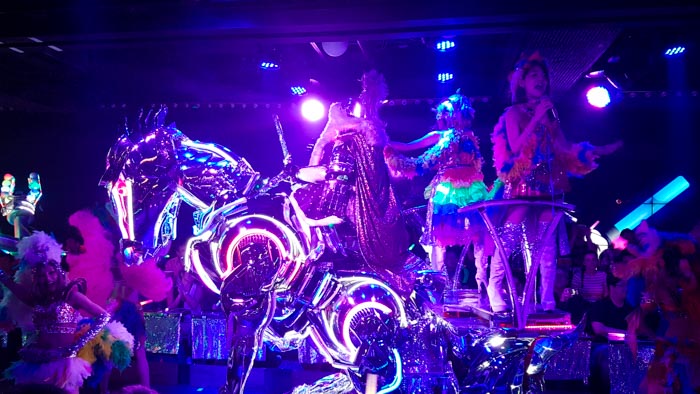
Feeling pinspired? Hover and click on the images to save them to your Pinterest boards!


What is Robot Restaurant?
If you are in Shinjuku, it’s hard to miss Robot Restaurant. The best way to describe Robot Restaurant is a cabaret show on LSD; 90 minutes (including intervals) of short 5-minute acts filled with dancing, singing, theatrics, laser lights and pyrotechnics.
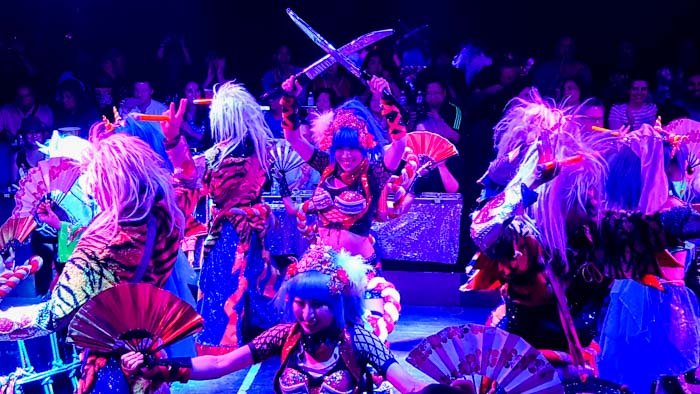
Prefer to watch a video of the craziness that is Robot Restaurant? Check out our video on YouTube! Don’t forget to like the video and subscribe to our channel for more travel inspiration!
Opened in 2012, Robot Restaurant was originally created as a fun show for where locals can let down their hair. It didn’t take long to become a popular tourist attraction, and now attracts foreign visitors every night. Apparently the owner spent US$100 million on fit out, which is hard to put into words (nevertheless, money well spent, judging by the sell-out crowds!). The stairwells and “waiting room” are a spectacle in their own right and will intrigue all who enter. I’m talking over-the-top bling with futuristic elements and crazy pyschodelic stairwells that entice the audience to the stage underground. I felt like we had stepped into some crazy world of Willy Wonka, but with robots instead of candy.
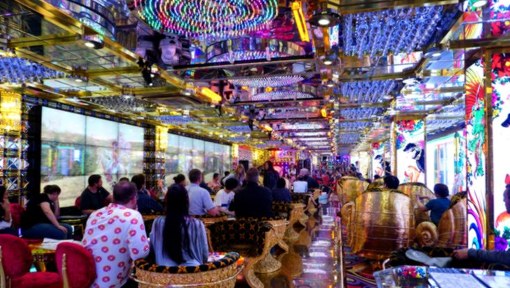


The craziest concert you will ever see
As soon as we booked our tickets to Japan, I knew we HAD to go see Robot Restaurant – and I wasn’t disappointed. Robot Restaurant is unlike any other show we’ve ever seen. It’s all the crazy stuff I love about Japan, wrapped into one colourful and eccentric package. The audience is seated in three tiers on two sides of a narrow room. It’s great, as no matter what row you are in, you will have a great view of the action. The seats are set in twos, joined by a small table, where you can store your drinks, popcorn and bento boxes (all at an extra cost).
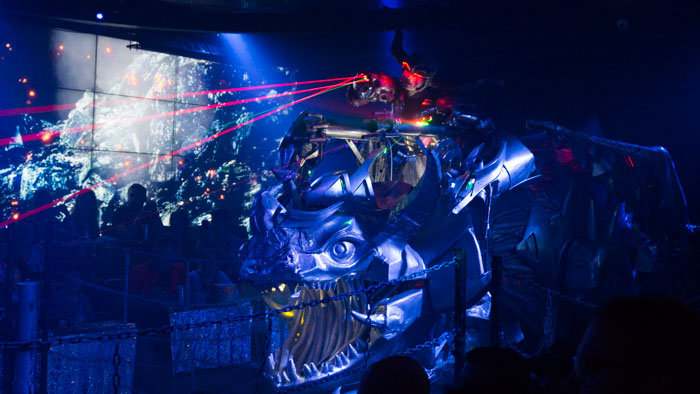

The performances range from mini rock concerts to theatrical robot wars. The singers and dancers have so much energy (I want whatever they’re having!) and the costumes are something out of a teenage boy’s manga dream. You can expect to see impressive robotic floats of sharks, dinosaurs, snakes and futuristic unicorns. Pyrotechnics and laser beams light up the space, and there’s even a dance number that I’m sure was inspired by Daft Punk.

Want to do other crazy things in Tokyo? Why not Fight a Sumo? Read about it here!
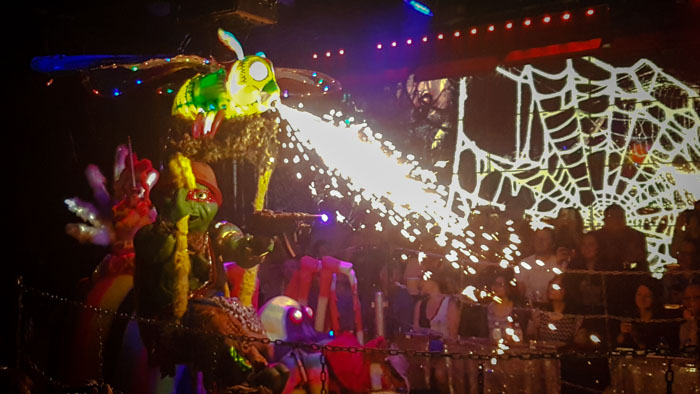

It’s a Restaurant, so what about the food?
To be honest, people don’t generally come here for the food. Considering there are so many amazing foods on offer nearby, we decided to skip the food and just indulged in some show drinks and popcorn instead. I think I spotted one couple with the bento box, but it’s quite hard to truly enjoy the food, when you are distracted by the awesome spectacle going on right in front of you.
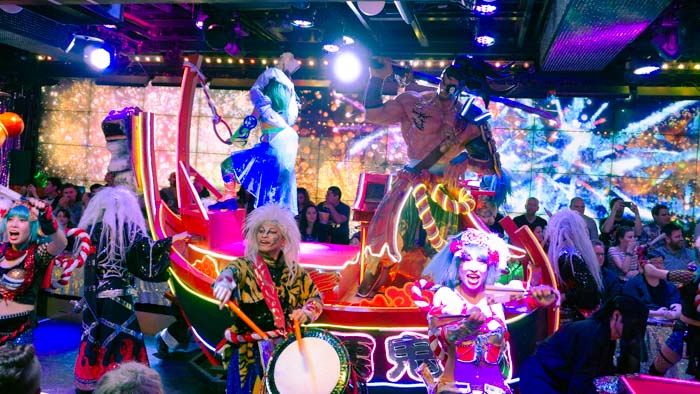
Speaking of food, why not try making your own Udon Noodles? Read our recipe here!

Why go?
Unlike many of the themed cafes and restaurants in Japan, Robot Restaurant stood out as a ‘must-do’ for us. Granted, the tickets aren’t as cheap as many of the entry fees for other themed places, but you get 90-minutes of an exhilarating, well-produced show. It’s over the top, tourisy and a little cheesy at times, but that’s part of its charm! It combines all the craziness you expect from Japan, right in the centre of Tokyo electrifying nightlife.
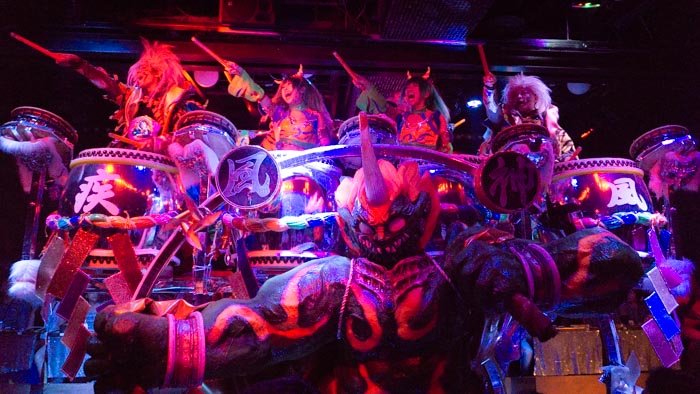
The details
Robot Restaurant is located in Shinjuku: 1-7-1 Kabukicho, Shinjuku, Shinjuku-ku, Tokyo,Japan. It’s pretty hard to miss, with the bright neon signage out the front (you will likely hear it before you see it too!).
There are up to four shows per day at 4PM, 5:55pm, 7:50pm and 9:45pm. See the website for up-to-date times. Note that you have to be there 40 minutes before the show to pick up the tickets (and there’s normally a decent line).
Tickets are ¥8,000 per person, however we’ve teamed up with G’Day Japan to offer all of our readers discounted tickets here! We recommend booking in advance, as the shows often sell out.
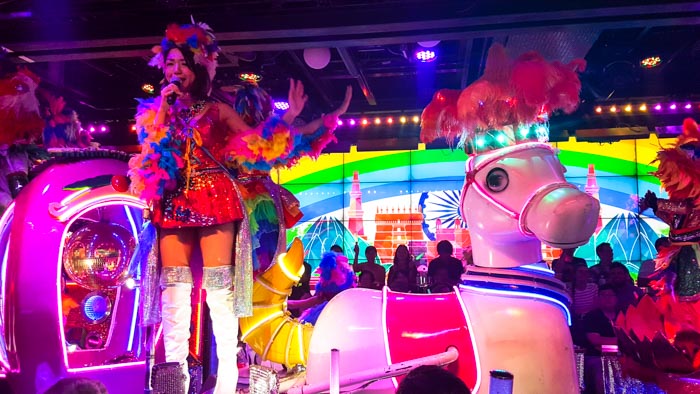
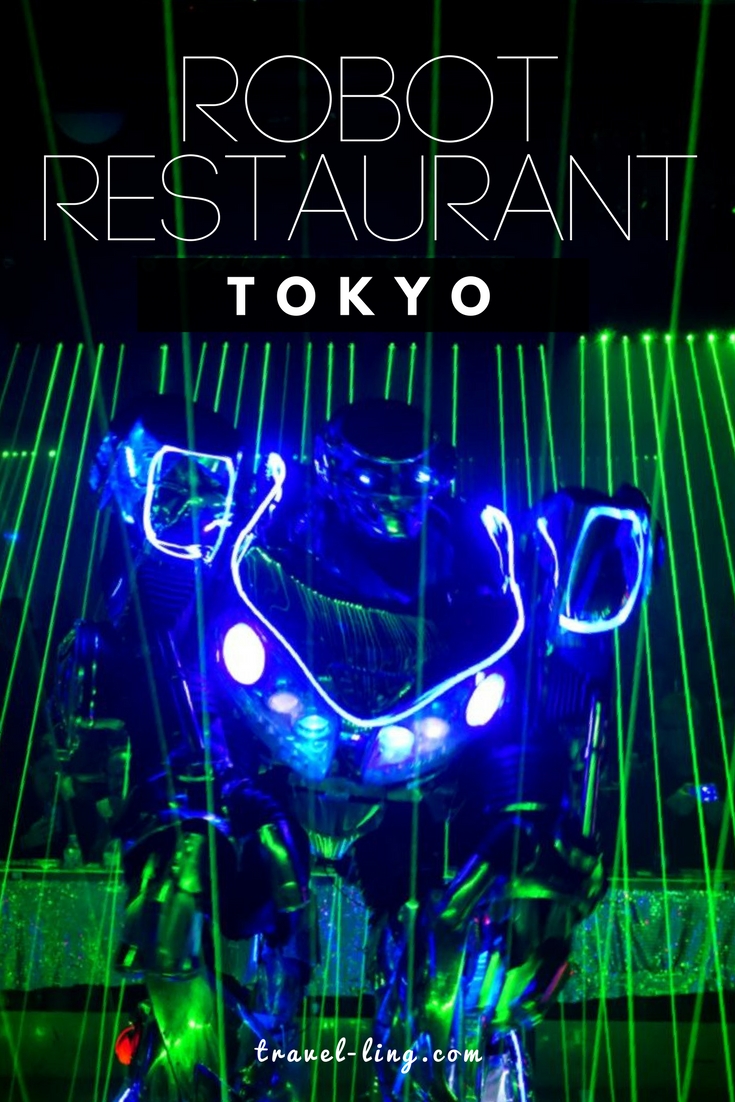
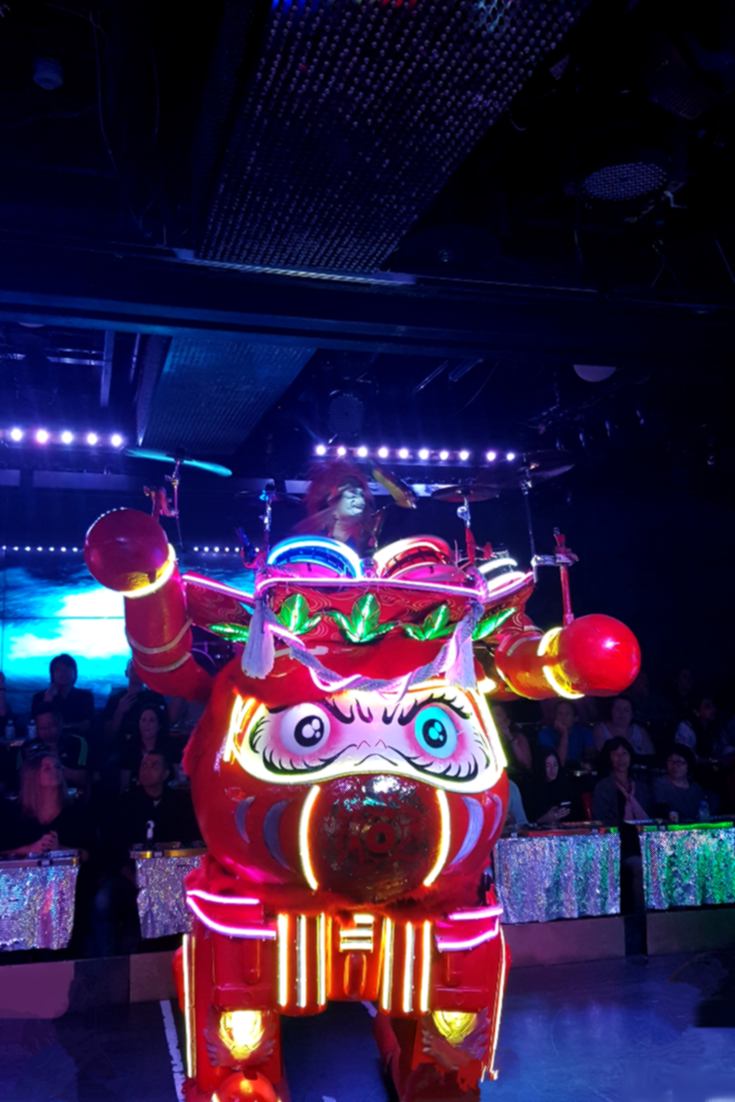
Have you been to Robot Restaurant? What did you think? Is this the kind of crazy thing you’d love to see in Japan? Comment below!
A huge thanks to Robot Restaurant and G’Day Japan for an awesome night! As always, our opinions are our own.

